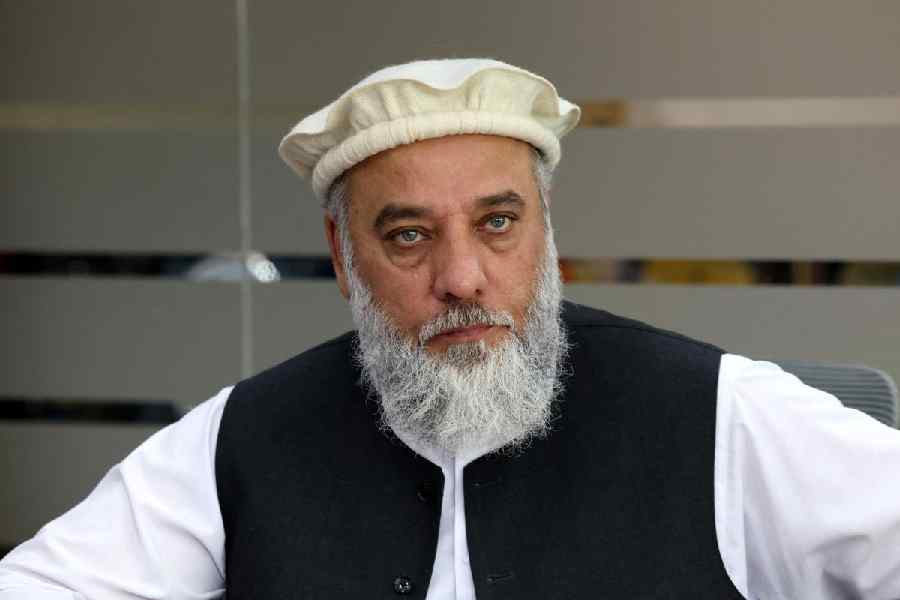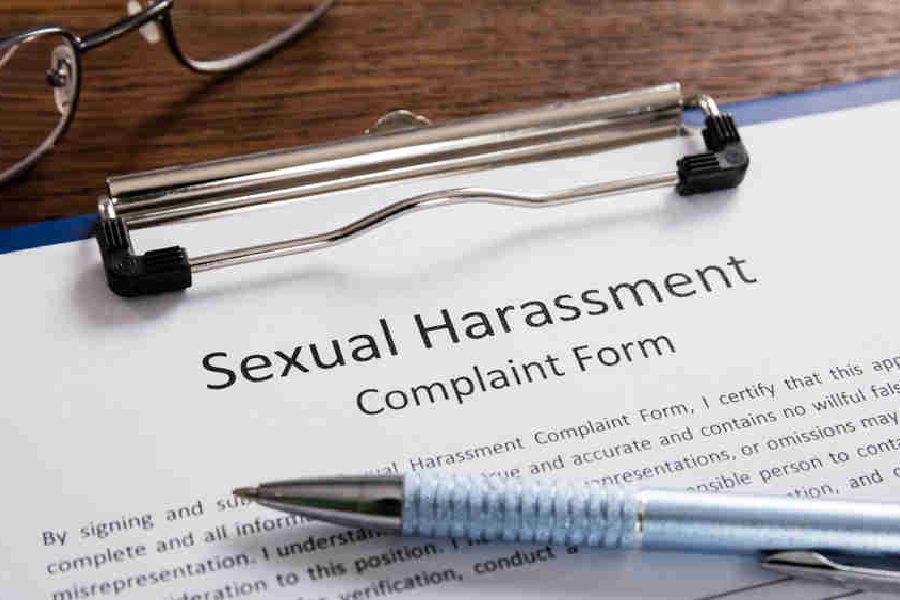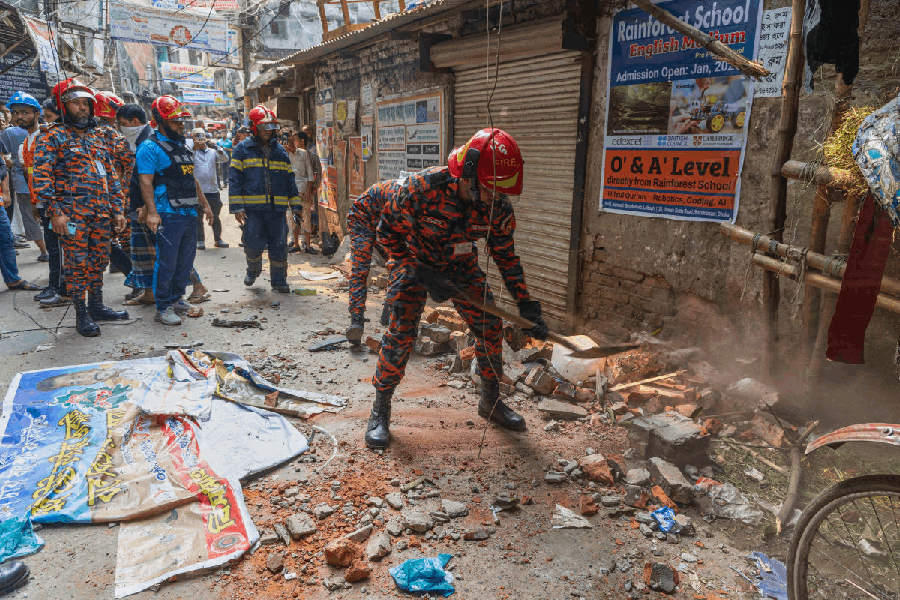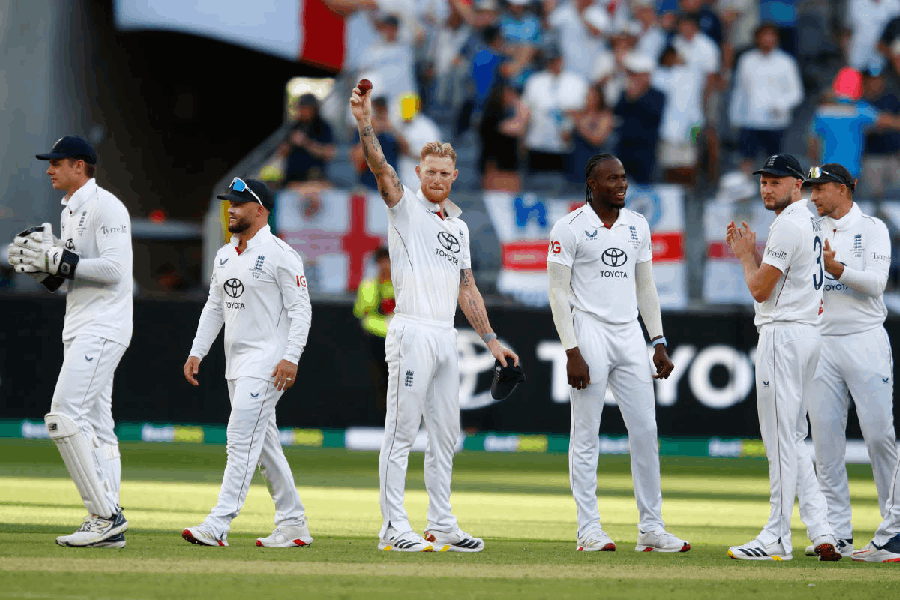The Bulletin of Atomic Scientists has moved its symbolic Doomsday Clock one second closer to midnight, with artificial intelligence aka AI emerging as a new existential threat alongside nuclear weapons and climate change.
The clock now stands at a mere 89 seconds to midnight – the closest it has ever been to the metaphorical point of global catastrophe, since 2022, when the clock was set to 90 seconds to midnight after Russia invaded Ukraine.
J. Robert Oppenheimer, Albert Einstein and University of Chicago scientists who were part of the Manhattan Project – to develop America’s first nuclear bomb – in 1945 turned anti-atomic weapons two years later and started the Bulletin of Atomic Scientists.
According to the Bulletin’s website, they used “the imagery of apocalypse (midnight) and the contemporary idiom of nuclear explosion (countdown to zero) to convey threats to humanity and the planet”.
The Doomsday Clock is set every year by the Bulletin’s science and security board in consultation with its board of sponsors, which includes nine Nobel laureates.
Why Doomsday Clock is ticking faster
So, what’s the reason for the clock to tick towards midnight? The situation in Ukraine has heightened nuclear concerns, according to Dr Debak Das, a nuclear security expert who teaches at the Josef Korbel School of International Studies at the University of Denver and whose previous work includes organising track II dialogues between India and Pakistan specifically on nuclear and other related security issues.
According to Das, the current risk of nuclear weapons use by Russia surpasses even that during the Cuban Missile Crisis, the 13 days of October 1962 when the US and the then-USSR came dangerously close to a nuclear confrontation.
The setting of the Doomsday Clock closer to midnight “is much more than just a symbolic warning," Das told The Telegraph Online. "Through the Cold War, it [the clock] gave the broader public a sense of how close to nuclear annihilation we were. Today, it represents an unprecedented level of existential danger."
The present world, he said, faces a "deadly cocktail" of threats.
The integration of AI into military operations has emerged as a particular concern. Das warns about AI's potential to disrupt nuclear command and control systems, drawing parallels to historical scenarios like the Cold War-era Soviet "Dead Hand" system of automated response that could launch retaliatory nuclear strikes without human intervention.
"Imagine if AI is in charge of this kind of system. It's very much a Dr Strangelove and the Doomsday Machine type of scenario," Das said.
In 1964, Stanley Kubrick co-wrote, produced and directed Dr. Strangelove or: How I Learned to Stop Worrying and Love the Bomb a black comedy film that parodied fears of a US-Soviet nuclear war.
The Bulletin's scientists have identified several AI-related threats, including its military applications and role in spreading misinformation. As little as two years ago, AI wasn't considered among the primary threats to humanity.
Das pointed to more factors that have created a more dangerous world – the breakdown of bilateral arms control treaties between the US and Russia, coupled with China's reluctance to engage in nuclear arms control negotiations.
"Deterrence works till it doesn't," Das cautioned. "The question here is not about deterrence working; it's about the high consequence of a single event of deterrence failing."
How to turn back the Doomsday Clock
But there is room for optimism. Das suggested several concrete steps that could help turn the clock back.
One immediate action would be a multilateral agreement preventing attacks on nuclear installations and facilities, similar to a successful 1988 agreement between India and Pakistan.
Historical precedent shows that positive change is possible, Das said. The clock moved back 17 minutes at the end of the Cold War, and even in 1963, following the Cuban Missile Crisis, it shifted backwards after the signing of the Partial Test Ban Treaty.
The Bulletin has also raised concerns about global political leadership, condemning those who subvert elections, aid in spreading conspiracy theories, discount science, and suppress free speech and human rights.
Those ills encompass many countries across the world.
Das emphasised the need for comprehensive action, including new international treaties, better AI regulation, and increased public awareness. He suggested that recommitment to the Paris Climate Agreement or renewal of the New START Treaty between the US and Russia could help turn back the clock.
The one-second move closer to midnight serves as what the Bulletin calls an "indication of extreme danger," urging political leaders worldwide to take immediate action to address these interconnected threats.











